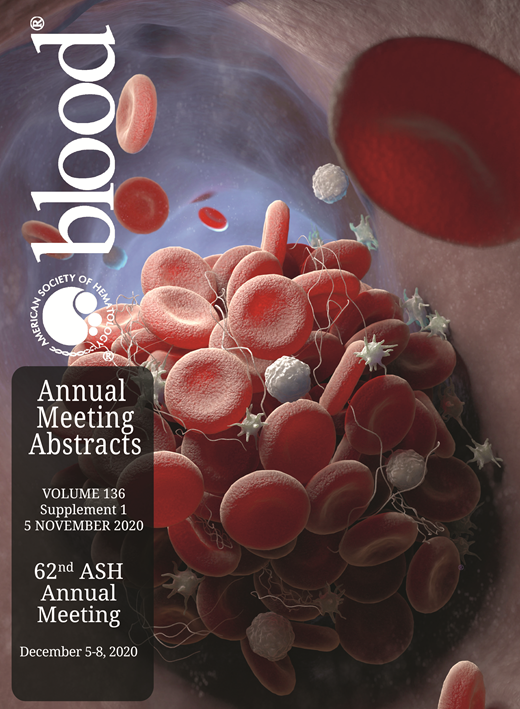Background
Treatment with chimeric antigen receptor (CAR) T cell therapies have shown dramatic, often durable responses for relapsed/refractory B-cell malignancies. However, it can be associated with significant side effects such as cytokine release syndrome (CRS), immune effector-cell associated neurotoxicity syndrome (ICANS) and life-threatening consumptive coagulopathies. The underlying pathobiology of such hemostatic defects and their distinct clinical sequelae remains obscure. This retrospective study aims at quantifying CAR T therapy associated bleeding and thrombotic complications and their association with CRS, ICANS, and laboratory derangements.
Methods
130 adult patients with DLBCL or B-ALL treated between 2017-2020 with CD19 CAR-T therapy axicabtagene ciloleucel (N=90) or a bispecific CD 19/22 CAR construct utilizing 4-1BB costimulatory domains (N=40) were analyzed to determine dynamics of coagulation parameters and platelet counts as well as incidences of bleeding or thrombosis in the first three months after CAR T infusion. Events were included if graded ≥ 2 or if intervention was required. Platelet counts and coagulation parameters were collected prior to lymphodepletion (pre-LD), day 0, 3, 7, 14, 21, 28, 60 and 90.
Results
12 (9.2%) and 8 (6.2%) patients developed bleeding and thrombotic complications in the first three months after CAR-T infusion, respectively. Events are characterized in Figure 1.
All bleeding events occurred between days 0-30 (median 17.5, range 8-30), while thrombotic events occurred between days 2-91 (median day 29, range, 2-91). Two (1.5%) patients experienced both bleeding and thrombosis. Bleeding events coincided with the onset of thrombocytopenia and hypofibrinogenemia, and patients who bled had lower platelet (median 22.5 vs. 47 K/uL; p=0.03) and fibrinogen (median 151 vs. 351 ug/mL; p=0.007) nadirs in the first 30 days compared to those without bleeding. Temporally, the lowest median platelet nadir occurred at day 7 in patients with bleeding events vs. day 21 in patients without bleeding, while timing of fibrinogen nadirs were at day 21 in both. Patients with bleeding episodes were more likely to be older (median age: 70 vs. 60 yrs, p=0.03), have thrombocytopenia prior to lymphodepletion therapy (median 117.5 vs. 174.5 K/uL, p=0.01), and have elevated LDH (lymphoma subgroup; p=0.07). Other lab derangements in the first 30 days seen more frequently in patients with bleeding included prolonged thrombin time (TT) (21% vs. 6%; p=0.02), PT (16% vs. 5%; p=0.06), and elevated d-dimer (16% vs. 3%; p=0.01) indicative of a consumptive process. Thrombotic events were not significantly associated with elevated or peak d-dimer values (median 4.97 vs. 2.37 ug/mL, p=0.20).
Interestingly, occurrence or severity of CRS was not associated with bleeding or thrombotic events, nor was it associated with marked derangements in coagulation abnormalities. However, higher grade ICANS (grade > 3) was associated with bleeding (42% vs. 15%; p=0.038), thrombosis (50% vs. 16%; p=0.03), and evidence of endothelial activation including PT prolongation (78% vs. 35%; p<0.001), hypofibrinogenemia (57% vs. 20%; p=0.001), and trend towards elevated d-dimer (70% vs. 46%; p=0.06).
13 (10%) patients received anticoagulation for prophylaxis or therapeutic indications that predated CAR T infusion. Four started anticoagulation secondarily for thrombotic events after CAR-T infusion, and one received tissue plasminogen activator (tPA) for an acute stroke. In this group, no patients developed bleeding complications from anticoagulation.
Conclusion
Both bleeding (9.2%), and thrombotic (6.2%) events are observed after CAR T cell therapy, with bleeding limited to the first month in our cohort. Notably, ICANS was uniquely associated with PT prolongation, hypofibrinogenemia, and increased fibrin degradation, in addition to both bleeding and thrombosis. These results suggest that a systemic coagulopathy coincides with high grade ICANS and whether these neurologic events truly represent sequelae of widespread vascular dysfunction warrants further investigation. Anticoagulation was safe in the patients whom it was indicated. Risk factors for bleeding and thrombotic complications should be studied prospectively to develop risk-assessment models and clinical guidelines for management of bleeding and thrombosis (including prophylaxis) during CAR T therapy.
Muffly:Adaptive: Research Funding; Servier: Research Funding; Amgen: Consultancy. Negrin:BioEclipse Therapeutics: Current equity holder in private company; Magenta Therapeutics: Consultancy, Current equity holder in publicly-traded company; KUUR Therapeutics: Consultancy; Biosource: Current equity holder in private company; Amgen: Consultancy; UpToDate: Honoraria. Shizuru:Jasper Therapeutics, Inc: Current equity holder in private company, Membership on an entity's Board of Directors or advisory committees. Meyer:Orca Bio: Research Funding. Shiraz:Kite, a Gilead Company: Research Funding; ORCA BioSystems: Research Funding. Rezvani:Pharmacyclics: Research Funding. Mackall:Apricity Health: Consultancy, Current equity holder in private company; NeoImmune Tech: Consultancy; Nektar Therapeutics: Consultancy; Allogene: Current equity holder in publicly-traded company; BMS: Consultancy; Lyell Immunopharma: Consultancy, Current equity holder in private company. Miklos:Adaptive Biotech: Consultancy, Other: Travel support, Research Funding; Kite-Gilead: Consultancy, Membership on an entity's Board of Directors or advisory committees, Other: Travel support, Research Funding; Juno-Celgene-Bristol-Myers Squibb: Consultancy, Other: Travel support, Research Funding; Allogene Therapeutics Inc.: Research Funding; Novartis: Consultancy, Other: Travel support, Research Funding; Pharmacyclics: Consultancy, Other: Travel support, Patents & Royalties, Research Funding; Janssen: Consultancy, Other: Travel support; Miltenyi Biotec: Research Funding. Sidana:Janssen: Consultancy.
Author notes
Asterisk with author names denotes non-ASH members.


